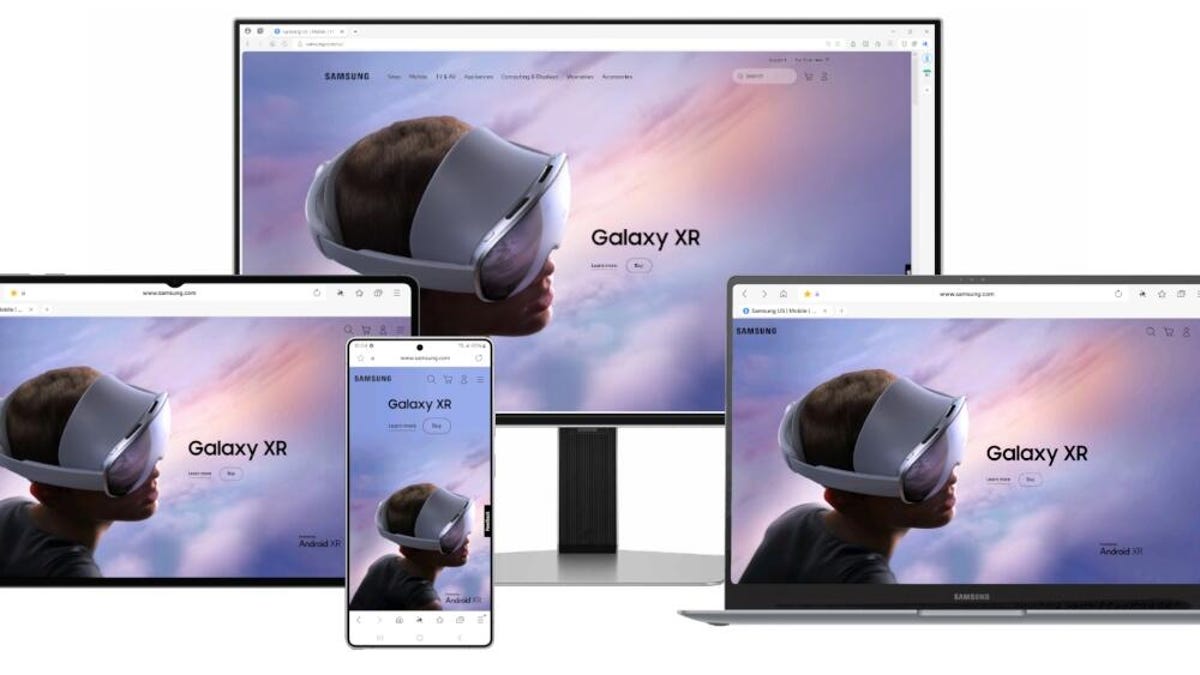An investigation of a cosmic explosion that marked the violent death of a massive star has called into question our understanding of the connection between ejected debris violently striking surrounding matter and the energy output of these…
Blog
-

Researchers to study the economics of substance use disorder treatments with $4 million NIDA grant
A team led by Weill Cornell Medicine and University of Miami’s Miller School of Medicine investigators has been awarded a five-year, $4 million grant from the National Institute on Drug Abuse (NIDA) for health economics research….
Continue Reading
-

Researchers uncover mechanism by which BRCA2-deficient tumors develop chemoresistance
One of the biggest challenges in cancer treatment is chemoresistance: tumors that initially respond well to chemotherapy become resistant over time. When that happens, treatment options are often limited.
The research team led by…
Continue Reading
-

Embrace earlier sunsets with these sky-watching events in November
Famed author Edgar Allen Poe once said, “Night is purer than day; it is better for thinking and loving and dreaming.” At this time of year, we have more time for thinking and loving and dreaming because the amount of…
Continue Reading
-

Study uncovers neural mechanisms behind memory stabilization
Newly decoded brain circuits make memories more stable as part of learning, according to a new study led by NYU Langone Health researchers.
Published online in Science on Oct. 30, the study shows that activity in signaling pathways…
Continue Reading
-
A Strange Discovery in Snake Pee Could Change Medicine – SciTechDaily
- A Strange Discovery in Snake Pee Could Change Medicine SciTechDaily
- Scientists Have Cracked the Mystery of Snake Pee Gizmodo
- Why do reptiles ‘wee out’ crystals and what are they made of? Yourweather.co.uk
- Crystals ‘peed’ by snakes could help…
Continue Reading
-

Samsung’s Mobile Web Browser Is Getting the PC Treatment
Samsung is bringing its mobile web browser, Samsung Internet, to PC. Announced on Thursday, Samsung Internet for PC is now available through a beta program, which you can sign up for.
While the user base of Samsung Internet on the mobile front is
Continue Reading
-

Study finds more commonalities between CTE and Alzheimer’s disease at the genetic level
Chronic traumatic encephalopathy (CTE) – most often found in athletes playing contact sports – is known to share similarities with Alzheimer’s disease (AD), namely the buildup of a protein called tau in the brain. New research…
Continue Reading
-

WhatsApp’s New Update Lets You Encrypt Chat Backups Using Passkeys
Face, finger or lock-screen code: These passkeys are all you will need to encrypt your WhatsApp chat backups in the near future, the messaging app announced Thursday. Meta-owned WhatsApp, the most popular messaging app in the world, said it…
Continue Reading
-

Evolving Beyond Traditional Fund Structures in Direct Lending
Executive Summary
Private credit, especially direct lending, has experienced rapid growth and transformation in recent years. As the asset class becomes a mainstream allocation, investors are shifting their attention to optimizing portfolio construction, risk management, and value creation. At the same time, rising interest rates and market volatility have further broadened the appeal of direct lending, attracting a diverse investor base ranging from individuals to large capital allocators and sophisticated issuers.
Amidst this growth and precarious backdrop, market participants will need to continue to refine their approach to underwriting and portfolio construction. Disciplined risk management and thoughtful diversification are essential for navigating today’s evolving landscape. Managers must maintain vigilance in underwriting, employing dynamic, bottom-up due diligence that evolves as markets shift. Specifically, managers need a strong understanding of complex geopolitical developments (such as tariff and trade policy) and new transformative technologies (such as Generative AI) to anticipate and avoid credit mistakes. In addition, a disciplined, top-down approach to portfolio construction remains just as crucial. Diversification across industries and issuers and limiting exposure to sectors prone to cycles or regulatory risk helps reduce overall portfolio risk.
An often-overlooked consideration is the importance of structure in direct lending transactions. Given current market dynamics, maintaining a risk-first mindset is essential, and thoughtful structuring can be a powerful driver of value in direct lending. Features such as faster capital calls, more efficient deployment, and potentially lower fees can enhance net returns while reinforcing the robust risk management highlighted above.
Investor Challenges with Traditional Drawdown Structures
Historically, direct lending was only offered via traditional drawdown structures. However, the rise of business development companies and other liquid vehicles in recent years has provided credit investors with additional options. While each of these structures has pros and cons, we believe a hybrid solution, the Institutional Open-Ended Structure, can provide investors with the best of both worlds.
Key Considerations for Investors When Evaluating Direct Lending Structures:
- Familiarity:
For investors accustomed to traditional drawdown structures, vehicles with defined investment and harvest periods offer a familiar experience. - Simplicity:
A well-designed structure can provide pure-play direct lending exposure. This approach avoids accelerated liquidity options (reducing cash drag), gates, and the need to hold liquid, non-direct lending investments. - Optionality:
Investors should be able to retain control over key decisions, including: (i) whether to receive distributions or recycle income, and (ii) whether to remain invested or begin harvesting exposures. Each investor’s choices should operate independently without affecting others.
Addressing the Challenges Investors Face with Traditional Closed-End Structures
Challenge 1: Slower deployment and the J-Curve
In traditional drawdown structures, capital is called in a pro-rata fashion, whether it was committed months ago or the day before the final close. As a result, it can often take an investor 3-4 years to reach specific deployment targets. While this has been the industry standard for locked-up capital, many investors today are looking for faster ways to put capital to work to generate income and manage asset allocation targets.- Potential Solution:
We believe it is preferable to use a structure where capital is called from next quarter’s tranche only after the previous quarter’s tranche is fully called. By calling capital in this fashion, investors who committed earlier get their capital called first and deployed faster. Importantly, new investors enter the existing portfolio at the latest quarterly NAV and avoid blind pool risk by underwriting an existing portfolio during their diligence process.
EXHIBIT 1: Visual Representation of Tranche and Queue System
Continue Reading
- Familiarity:
